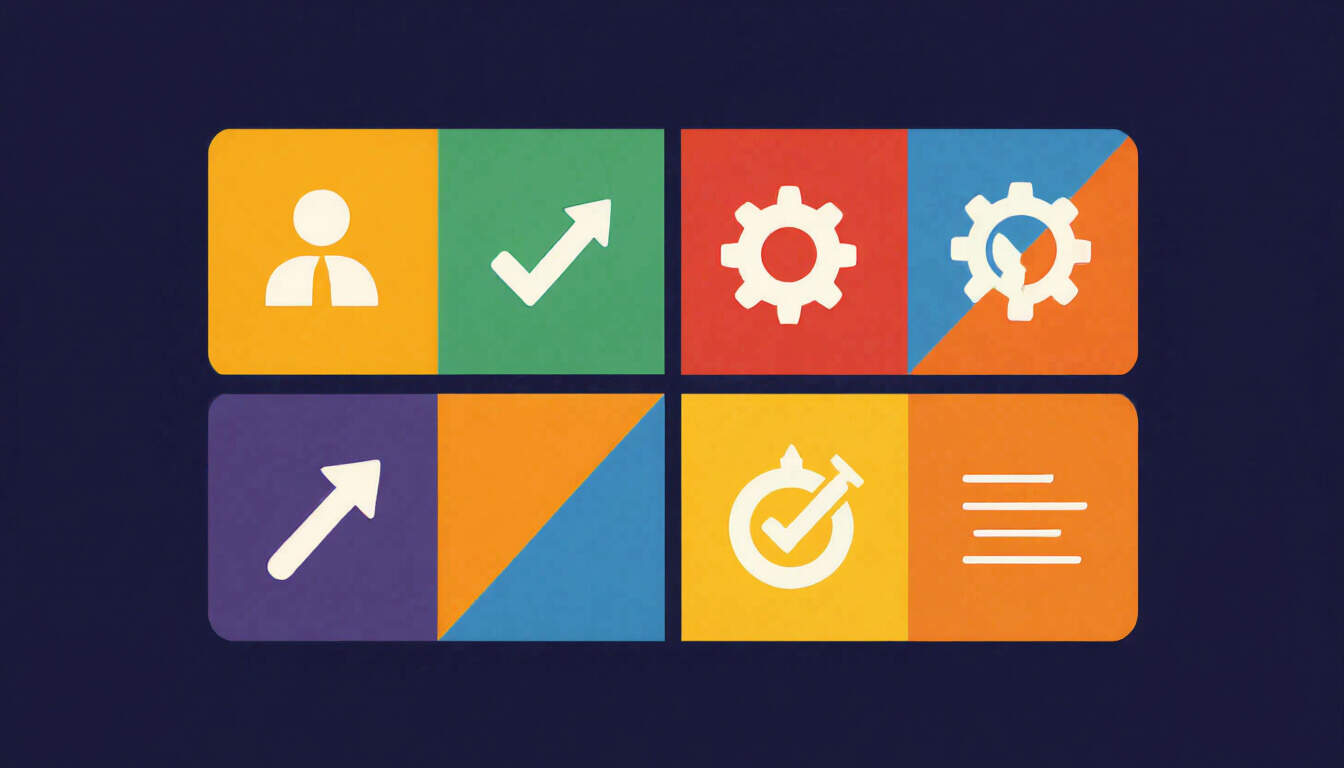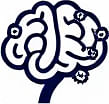The Eisenhower Matrix: A Tool for Smarter Decision Making
 by Verner Mayer
by Verner Mayer
The Eisenhower Matrix offers a simple way to sort tasks by importance and urgency, helping individuals boost productivity and reduce stress. By categorizing activities into four quadrants, it aids in focusing on what truly matters in daily life and work.

The Eisenhower Matrix stands as a key mental model in organizing tasks and making choices. This framework draws from principles of psychology and cognitive development, aiding professionals in streamlining their routines.
Origins and Basics
The Eisenhower Matrix gets its name from Dwight D. Eisenhower, a former U.S. president known for his efficiency. It involves a simple grid that splits tasks into four categories based on two factors: importance and urgency. Eisenhower Matrix serves as a guide for assessing what needs immediate attention.
In this setup, the first quadrant covers tasks that are both important and urgent. These demand quick action, such as handling a work crisis or meeting a deadline. The second quadrant includes items that are important but not urgent, like planning for long-term goals or personal growth.
The third quadrant deals with tasks that are urgent but not important, often involving interruptions from others. Finally, the fourth quadrant encompasses activities that are neither important nor urgent, such as mindless scrolling or minor distractions. By using this matrix, individuals can visualize their priorities.
Benefits in Daily Life
Applying the Eisenhower Matrix can lead to better productivity outcomes. For instance, in business strategies, it helps managers allocate resources effectively. A team leader might use it to delegate tasks, ensuring that critical projects receive focus while less vital ones are postponed or eliminated.
From a psychological angle, this model supports cognitive development by reducing mental clutter. People often feel overwhelmed by endless to-do lists, but categorizing tasks promotes clearer thinking. time management becomes easier as one learns to say no to low-priority items.
Consider a professional facing a packed schedule. They could list out meetings, emails, and creative work, then plot them on the matrix. Urgent emails might fall into the third quadrant, prompting quicker handling, while creative work could be in the second, scheduled for dedicated time.
Practical Applications
In psychology, the matrix aligns with ideas of habit formation and focus. It encourages individuals to build routines that emphasize important tasks, fostering long-term success. For example, lifelong learners might prioritize reading or skill-building in the second quadrant to enhance their knowledge base.
Business strategies benefit greatly from this approach. Leaders can apply it during planning sessions to identify key initiatives. productivity rises when teams avoid getting bogged down by trivial matters. A marketing team, for instance, might use the matrix to differentiate between urgent client requests and important campaign development.
To implement it, start by drawing a simple two-by-two grid on paper or using a digital tool. List your tasks and place them in the appropriate boxes. This process reveals patterns, such as spending too much time on urgent but unimportant activities.
Real-World Examples
Take a student preparing for exams. They might categorize studying as important and urgent, placing it in the first quadrant. Social media, however, would go into the fourth, prompting them to limit such distractions. Through consistent use, the Eisenhower Matrix helps build discipline.
In a corporate setting, a project manager could use it for team assignments. Important but not urgent tasks, like team training, get scheduled ahead, while urgent issues like bug fixes take precedence. This method ensures balanced workloads and prevents burnout.
Challenges and Tips
While straightforward, the matrix requires honest self-assessment. People sometimes misjudge what is truly important, leading to skewed priorities. To counter this, regularly review your grid and adjust based on outcomes.
For cognitive development, pair the matrix with reflection practices. After a week of use, note what worked and what didn't. decision making improves over time as you refine your approach. Simple tools like apps can track progress, making the process more engaging.
Ultimately, the Eisenhower Matrix fits into broader strategies for personal and professional growth. By focusing on high-impact activities, individuals can achieve more with less effort, leading to a more fulfilling life.
